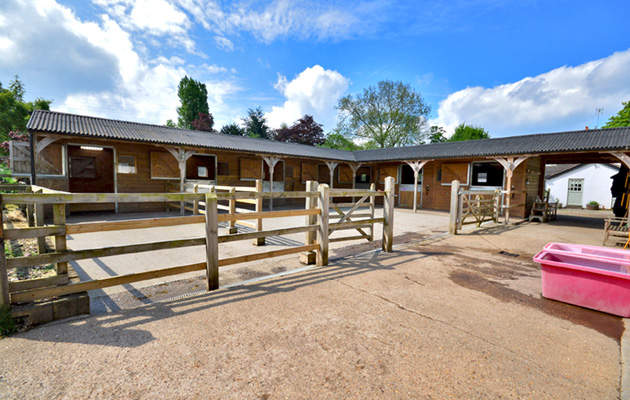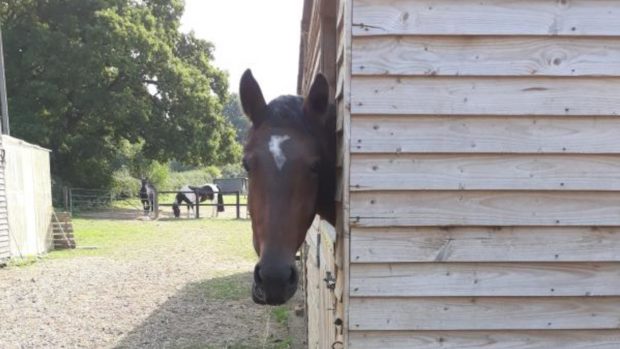Q: We constructed two schooling fences of tyres laid side by side, a take-off rail and wooden wings — both are easily dismantled so they can be moved to new ground.
But East Dorset Council says I must apply for planning permission as “the construction of horse jumps represents a breach of planning controls”.
I can’t believe the many schooling jumps built around Britain all required planning permission.
LM, Dorset
The Department for Communities and Local Government (DCLG) has overall responsibility for planning arrangements, which are administered by local authorities — the East Dorset Council, in your case.
There are usually two areas of relevance in disputed cases of “horse-related development”: the land’s designated use — as permission is frequently required for new structures that are outside the designated class of use — and the degree to which any equipment on land already designed for riding activities is used.
Local authorities often stipulate that structures such as jumps cannot be kept on land for more than 28 days in any calendar year without incurring possible change of use applications, a ruling that could be pertinent to your situation.
You don’t state what your land is classified as being used for, so the issue could be the “storage” of the equipment — some local authorities are more stringent than others.
East Dorset Council’s planning division states the authority has a high level of “environmental protection” to consider when assessing planning and change of use applications.
There is also the issue of whether a cross-country fence is a permanent structure, and whether the authority could have valid concerns about the “unsightly” nature of the fences.
“‘Easily dismantled’ is not the same as ‘mobile’,” said Linda Wright of Charles Britton Equestrian Construction.
“With a truly mobile fence — one you can pick up as it is and shift — you could have a more legitimate claim that planning permission is not required.
“It is true that most jumps will not have any sort of planning permission. However, once they have been there and in use for a certain number of years, they no longer require permission and become entitled to a certificate of lawfulness. It is up to the particular local authority whether they choose to be stringent and usually, if jumps are tidy and you are not bothering anyone else, they would not seek to force an application. However, if someone complains, the authority has no choice.
“If yours is an agricultural property, you may want to consider making an application for a change of use,” said Linda.
There could clearly be several elements to your planning infringement, so ask an East Dorset Council planning officer to clarify the exact breach of their regulations.
Information
Charles Britton Equestrian Construction, tel: 08700 722321 www.charlesbritton.com
This article was first published in Horse & Hound (5 February, ’09)




